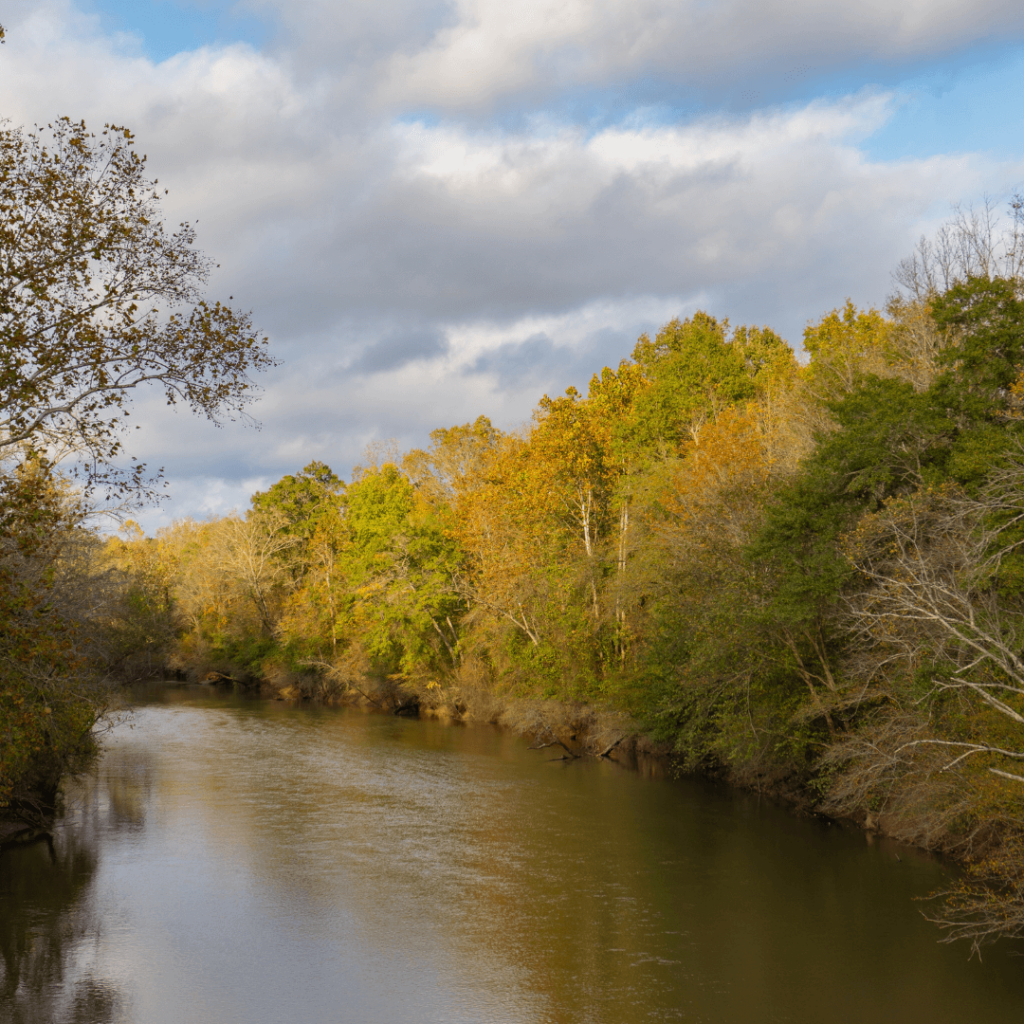A blueprint for clean water everywhere, for everyone
Celebrating the 50th anniversary of the Clean Water Act

While the national discourse is focused on issues that divide us as a country, clean water is one of the values that should unite us. No matter who you are or where you are from, we all need clean, safe water for drinking, for growing the food we eat, and for nurturing a healthy environment. Just like the veins and arteries in our bodies, rivers and streams are the circulatory system of our country. Rivers truly are essential for all life.
Where I live in Virginia, the Potomac River provides my drinking water for roughly 6 million people in the region. On weekends I see grandparents fishing with their grandkids on the riverbank. The trails along the river are perfect for a stroll with friends, especially as the fall colors are popping. And from downtown DC all the way upstream, the river is alive with people kayaking, canoeing, and having fun in the water.

Science shows that time on and near water improves our mental health. And as our RIVERS AS ECONOMIC ENGINES report demonstrated, a healthy river drives real opportunities for jobs and businesses.
But my home river and rivers across our country looked a lot different 50 years ago. Before the safeguards of the Clean Water Act were in place, the Potomac River smelled so bad, you’d often have to hold your breath when walking by. Every time I played in or around the river, I would get skin infections. Other rivers from Maine’s Androscoggin to Ohio’s Cuyahoga were so polluted they caught fire. Across the country, rivers were treated as sewers – they were health hazards, unfit to support life.
The Clean Water Act, passed with bipartisan support, was a historic milestone establishing a fundamental right to clean water. It remains one of our nation’s most vital safeguards for the health and safety of our communities and our environment.
One notable example of success is North Carolina’s Neuse River, which American Rivers is naming the River of the Year for 2022. This national honor celebrates community leadership and spotlights progress for clean water and river health.
Before the Clean Water Act was signed into law in 1972, the Neuse River was choked with pollution from textile mills and other manufacturing. The federal safeguards provided by the Act, combined with local efforts to stem polluted runoff, improve water management, and remove outdated dams have been the major drivers in the river’s ongoing recovery. Over the years, local governments, the state, and EPA have invested millions to upgrade failing wastewater facilities, reduce polluted runoff, and protect critical areas of the watershed.

While we celebrate the progress of the Clean Water Act on the Neuse River and nationwide, we also have a lot more work to do. Too many people today do not have access to safe, clean water, and too many rivers aren’t safe for fishing and swimming. Climate change is already increasing the frequency and intensity of both floods and droughts. And freshwater animals are going extinct at twice the rate of ocean or land-based animals. Systemic injustices disproportionately burden communities of color with pollution and flooding. And with the Supreme Court considering SACKETT V. EPA, federal protections for rivers and streams nationwide hang in the balance.
Any weakening of national clean water safeguards would be a disaster. The Sackett v. EPA case could throw out 50 years of clean water protections — 50 years of reasonable, rational safeguards — that our rivers, communities and our families rely on.
Our river health must not go backwards. As we celebrate the 50th anniversary of the Clean Water Act, American Rivers stands with our partners and frontline communities to ensure we uphold key protections and to make further progress to realize the vision of clean water and healthy rivers everywhere, for everyone.
Clean water and rivers must unite us. Because when different people, in their own ways from their own places, pull together toward a common goal, we can create positive, transformational change.



